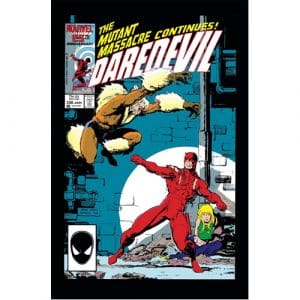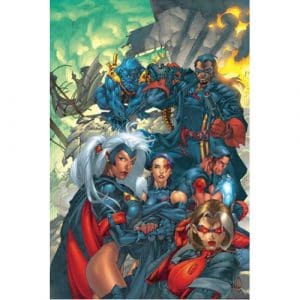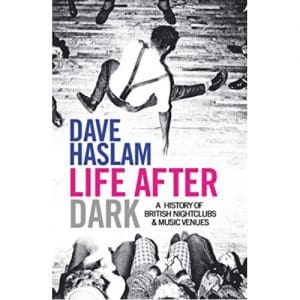Trending Searches
Second Punic War in Iberia 220–206 BC
Now £11.55
In stock
Backorder Item Notice
Please note the expected date shown above is a guideline only. Backorder items will typically arrive within the next 2 months, however, in some instances they may take longer. Any orders that contain a Backorder Item will not be dispatched until all items in the order are available. Please keep this in mind before you place any orders that contain both in-stock and Backorder items. Please place a separate order to receive in-stock item(s) sooner!
We unfortunately cannot guarantee that restock/pre-order lines will arrive by Christmas.
For more information please see our Backorder FAQs.
The first dedicated, illustrated study of the events of the Second Punic War in Iberia, which served as a launch pad for the Carthaginian invasion of Rome…
Read More









































